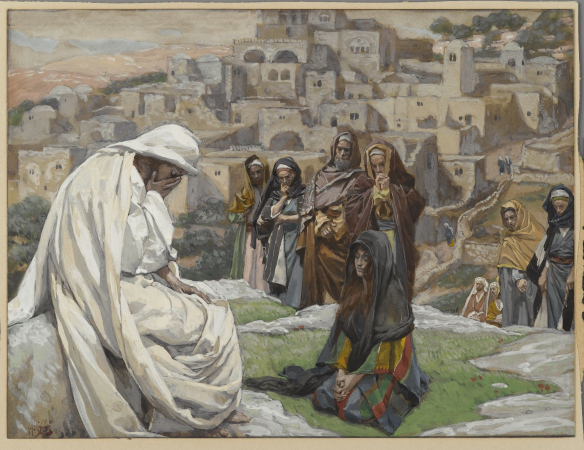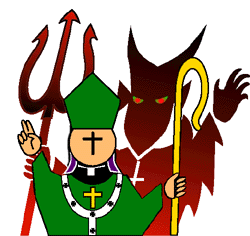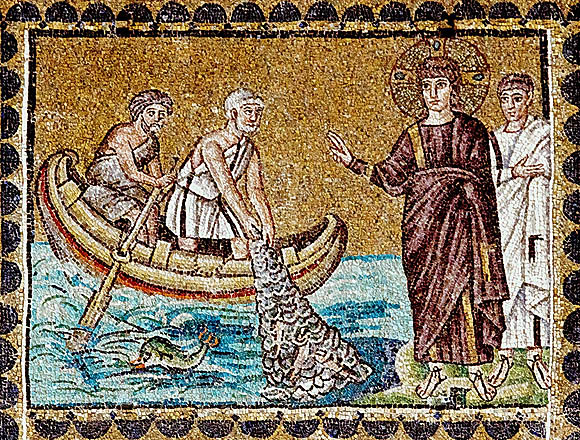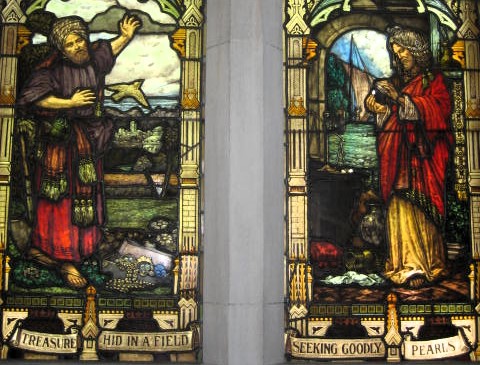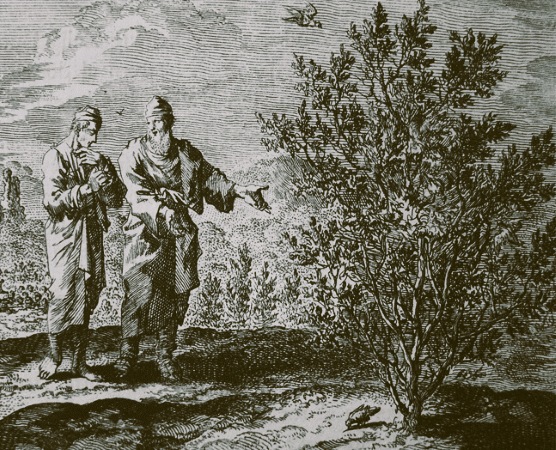A week ago, Hell must surely have frozen over. For against all reason, decency, or sanity, stupid fools deluded by ego-maniacal plutocratic billionaires and the trolls slaving for Putin’s Russia somehow managed to elect the worst president in our history, a criminal madman, rapist, and traitor, YET AGAIN. The staggering price of this catastrophe is…
